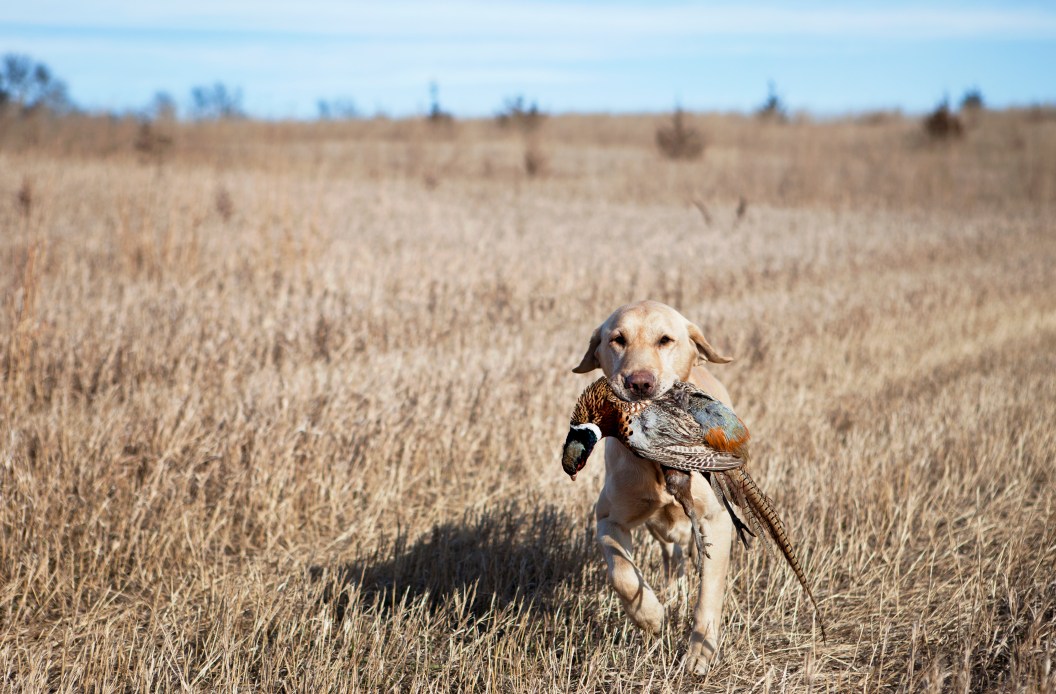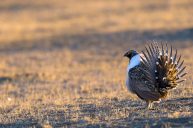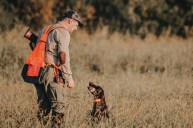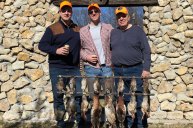Upland hunting is one of the most approachable categories in all shooting sports. With a shotgun, some shells and a vest, you can hit any number of excellent hunting destinations across America this fall to look for birds.
But as most new hunters come to find out, upland hunting isn't always that easy, especially in high-pressure environments. It can take a lot of practice to understand the "big picture" of the hunt, position yourself to bag birds, and master the sport's various skills. Fortunately, the best way to learn is to get out into the field and hunt—while keeping a few tips in mind.
From my decade as a curious, avid upland hunter, I have learned a bit about what to do, and what not to do in order to find better success in the field. Below are my five top tips.
1. Work the Clock
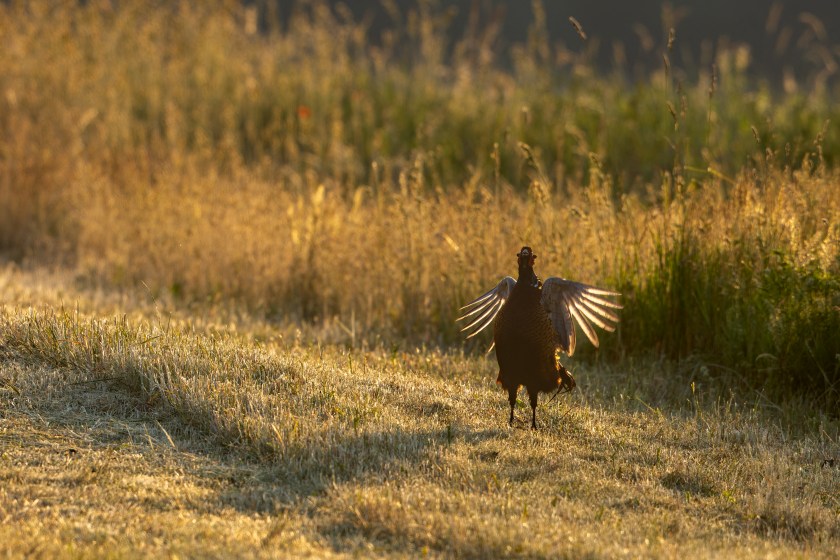
Getty Images, Andyworks
One simple change to your hunting strategy revolves around what time of day you decide to hit the field. In general, upland birds are going to be far more active during the early morning and evening. This is peak feeding time and birds will be moving in search of high-caloric snacks as they prepare for winter. Stick near the food sources in the area during these hours and you should run into more birds.
2. Hunt the Conditions
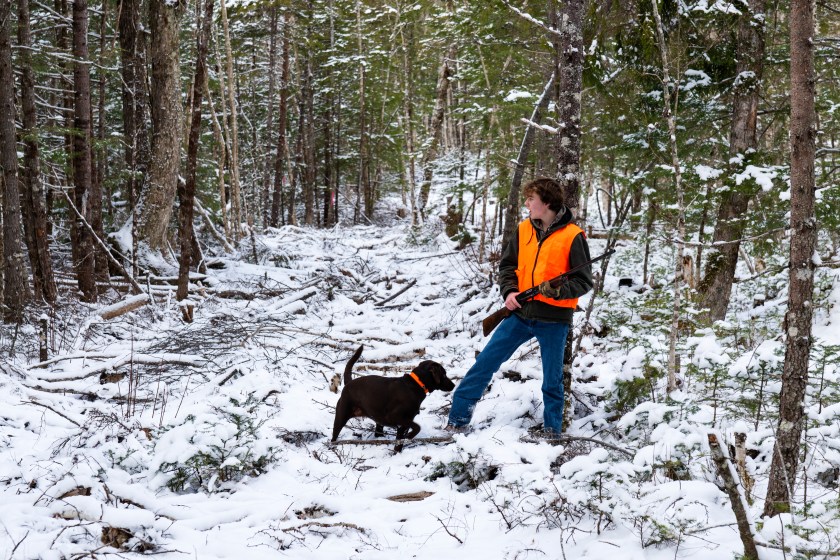
Getty Images, Fertnig
One often overlooked thing for upland hunters is being mindful of the conditions when and where you have time to hit the field. During the heat of the early season out west, birds will never be too far from a water source. During the blustery conditions of the late season, particularly in the prairie region, birds will be concentrated in the thicker cover for warmth and shelter. The same goes for forest species—thermal cover is essential during the cold of winter. Pheasants will be in shelter belts, where ruffed grouse will be near warm, low-hanging pines. Hunt the conditions of the day, time of year and always be thinking like a bird.
3. Get a Dog
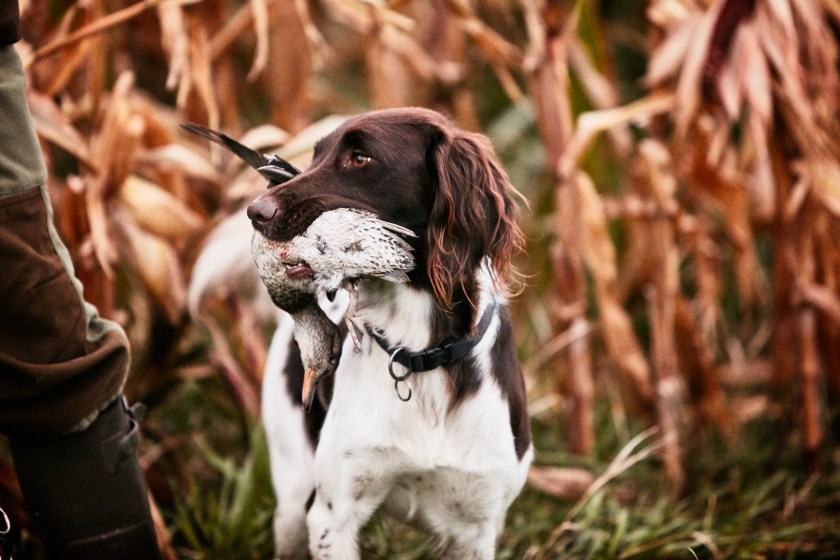
Getty Images, Soil
Arguably the best way to increase your success as an upland hunter is to get a good bird dog. I have hunted without a dog with friends only a handful of times, and I can tell you from experience that we routinely walked right by birds that a dog would have easily smelled. Upland birds often count on their camouflage and sit tight with a predator nearby. This tactic works well on us humans, but there is no hiding from a good dog's nose. Pick a hunting dog breed that suits your hunting needs and that can be a good buddy to you the other nine months of the year.
4. Scout More
Too few people put in the work to scout for good areas to upland hunt before fall comes around. Nothing replaces boots on the ground—but if you want to increase your success, get familiar with using onX. This digital platform has an abundance of layers for each state across the country, many of which are directly related to crop distribution, logging practices and more. These are all key for pinpointing good areas to hunt upland birds, depending on the species you are chasing. It also has landowner information, so you can figure out who to ask on that good chunk of pheasant cover in rural South Dakota. Spend plenty of time on this app and then get in the car before the season sneaks up on you.
5. Go Further Afield
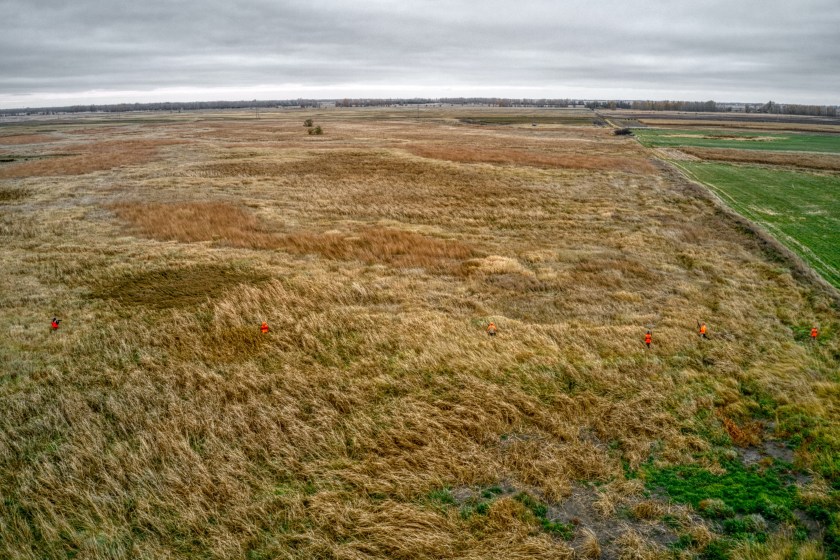
Getty Images, Jacob Boomsma
In order to find more success hunting upland birds, especially in high-pressured areas on public land, sometimes the answer is simply to go further. Wild birds avoid pressure at all costs and will often go deeper into an area or cover where fewer hunters pursue them from the nearest access point. If you know the area holds good habitat further away from the nearest parking area, then go further, and then even further. If there is an area of thick briars that you know most hunters are avoiding—buckle up and head on in. Your tired legs and torn brush pants will be well rewarded with a big rooster or grouse that you can be truly proud of.
READ MORE: A Guide to Every Upland Game Bird in America
